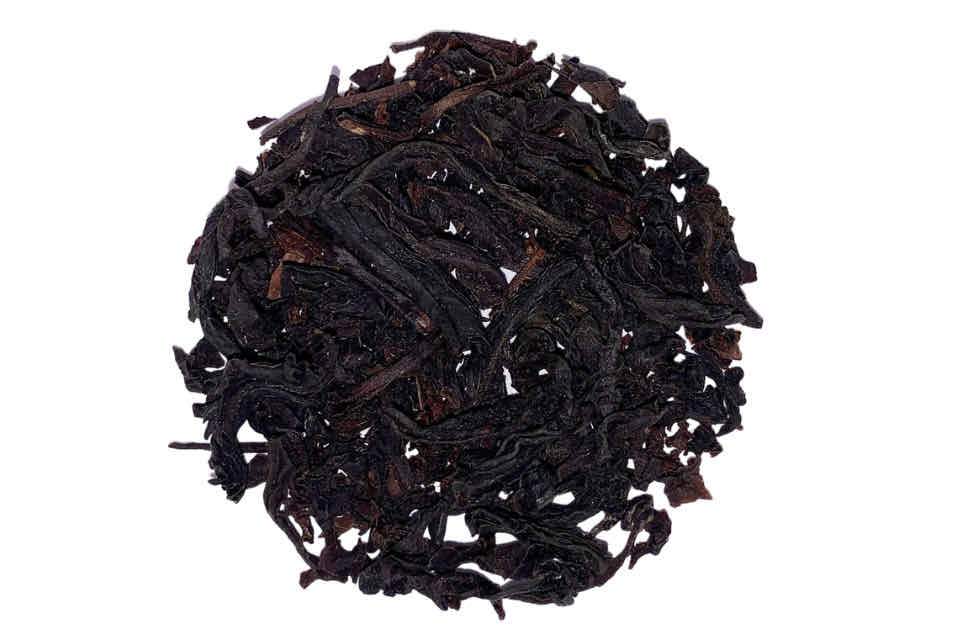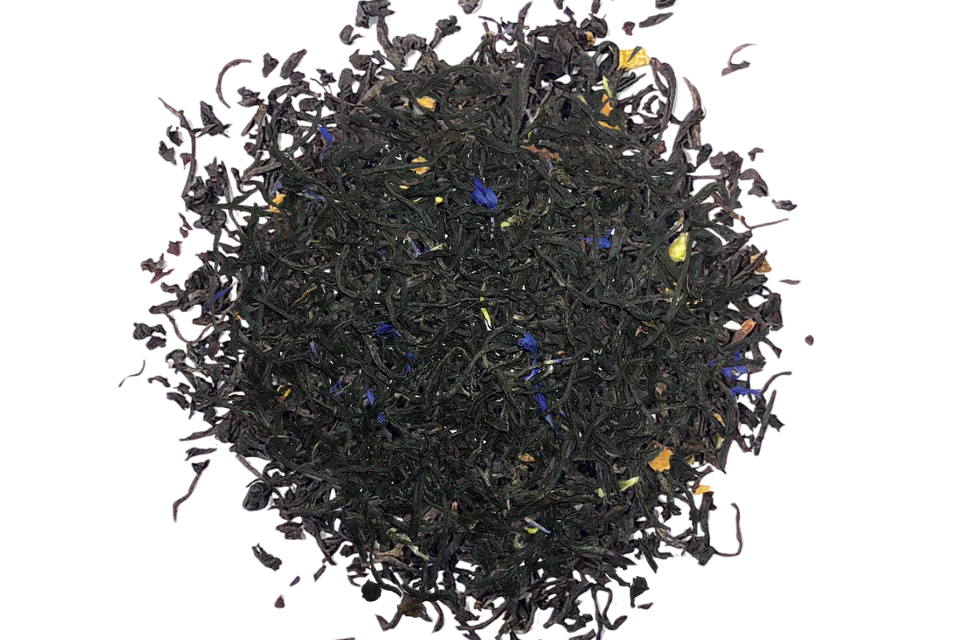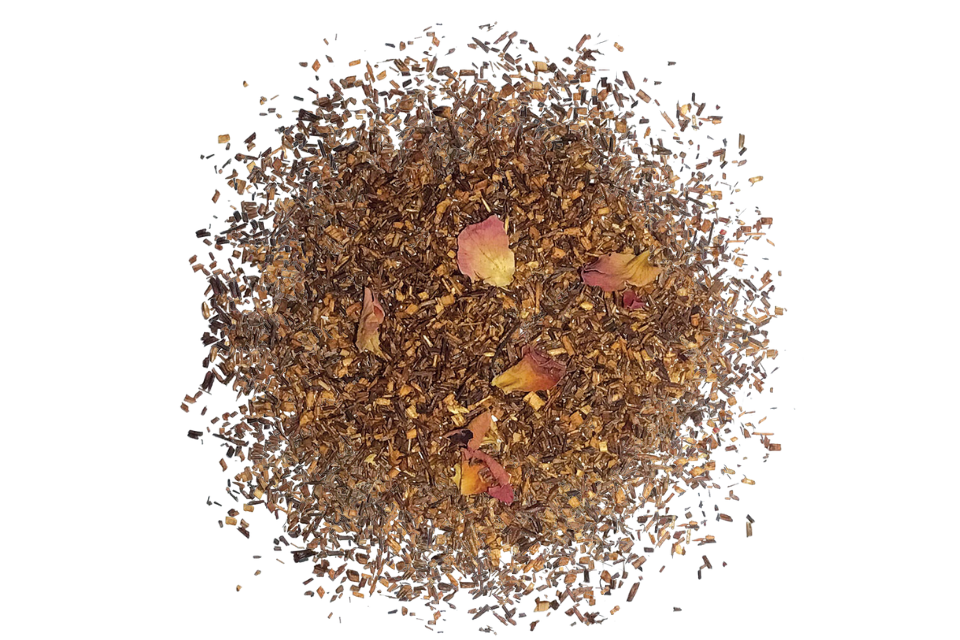The history of Earl Grey tea is surrounded by legend and various stories. The tea is named after Charles Grey, the 2nd Earl Grey, who was a British Prime Minister in the early 19th century. The exact origins of Earl Grey tea are unclear, but there are a few popular theories:
- Chinese Origin: One theory suggests that Earl Grey tea was originally blended by a Chinese tea master as a gift for Lord Grey. It is believed that the tea was flavored with bergamot oil to offset the lime flavor in the local water supply. Lord Grey supposedly enjoyed the tea and asked for more, leading to its production and popularity.
- Diplomatic Gift: Another story suggests that an envoy from China presented the blend to Lord Grey as a diplomatic gift. The bergamot flavor was added to help preserve and enhance the tea during the long voyage from China to England.
- Accidental Bergamot: According to another account, bergamot oil was accidentally added to tea when a container of the oil was broken during transportation. Rather than discarding the tea, it was decided to blend it with the bergamot-infused tea, resulting in the distinctive flavor.
While the exact details of its origin remain uncertain, Earl Grey tea gained popularity in England during the 19th century and has since become a well-known and widely consumed tea variety. Today, Earl Grey is typically made with black tea as a base and flavored with the essential oil derived from the rind of the bergamot orange, giving it its unique and fragrant taste.
The caffeine content in a cup of Earl Grey loose leaf tea can vary depending on factors such as the type of black tea used as a base and the specific recipe of the Earl Grey blend. Earl Grey is traditionally made with black tea leaves that are flavored with oil extracted from the rind of bergamot oranges.
On average, an 8 oz cup of Earl Grey loose leaf tea may contain between 30 to 60 milligrams of caffeine. However, this can vary depending on factors such as the type of black tea used (which can affect caffeine content), the proportion of tea leaves to bergamot flavoring, and the brewing conditions.
Since Earl Grey is made with black tea as a base, its caffeine content is generally higher compared to other types of tea such as green or white tea. If you're looking for a tea with lower no caffeine content, you might want to consider our Lady Earl Grey or alternatives like our Herbal and Wellness teas.
How many cups of tea can I steep from 1oz of loose leaf tea?
The number of 8oz cups you can steep from 1 oz of loose leaf tea varies depending on the type of tea and the strength of the brew desired, but a general guideline is that 1 oz of loose leaf tea can make approximately 10 to 15 cups of tea. Typically, 1 teaspoon of loose leaf tea (about 2-3 grams) is used per 8oz cup of water. Since 1 oz is approximately 28 grams, this means you can steep roughly 10 cups if you use 2.8 grams per cup, or closer to 14-15 cups if you use slightly less tea per cup. Multiple steepings of high-quality loose leaf teas can further increase the number of cups you can brew from the same leaves.
Free tea sample and tea filter included with every order.







